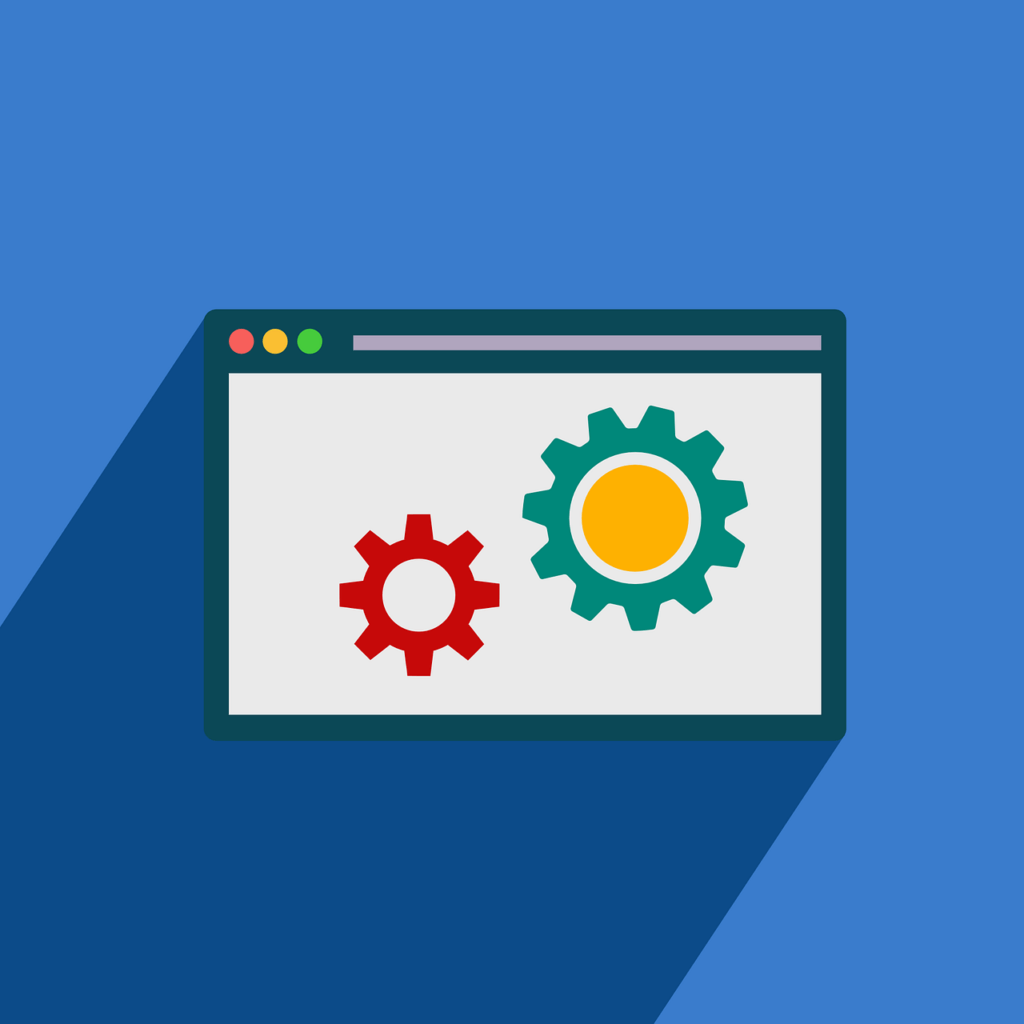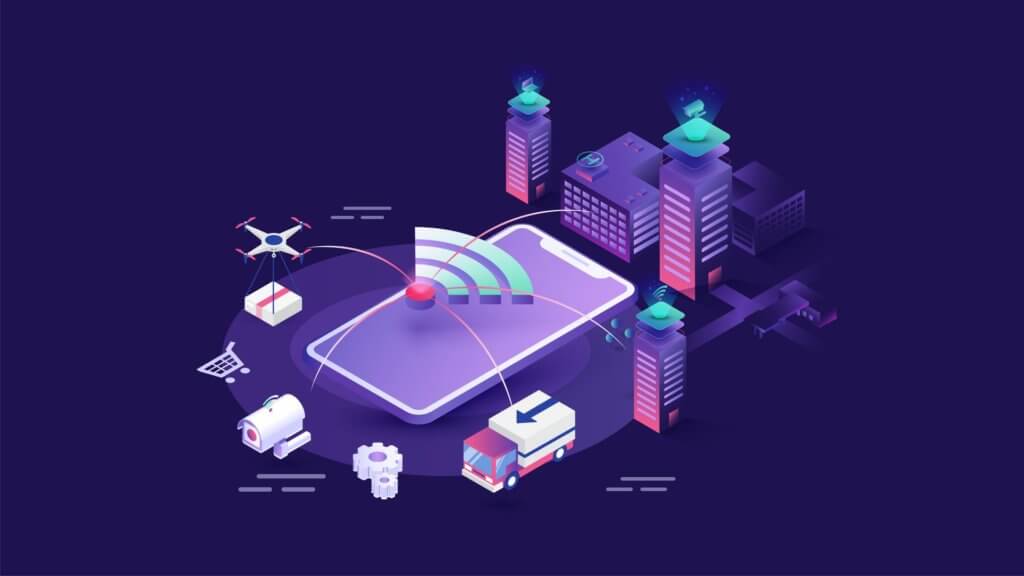Managing Technical Debt: When to Rebuild vs. Refactor Your App
January 15, 2025 - 19 minutes readAfter reading this article, you’ll:
- Understand the fundamental differences between refactoring (making incremental improvements to existing code) and rebuilding (completely redeveloping an app from scratch), along with the specific scenarios where each approach is most appropriate.
- Recognize the key warning signs that indicate technical debt has become critical – including frequent crashes, high developer turnover, excessive delays, and inability to adopt new technologies – and learn how these factors should influence the decision between rebuilding and refactoring.
- Learn the best practices for executing either a rebuild or refactor, including proper planning, testing protocols, phased rollouts, and documentation requirements, while understanding how to weigh factors like project scope, budget constraints, timelines, and risk assessment in making the final decision.

Technical debt refers to the implied cost of additional work caused by choosing an easy software solution now instead of using a better approach that would take longer. In mobile app development, technical debt accumulates when teams take shortcuts to meet tight deadlines, the codebase becomes outdated, or architectural issues creep in over time. Left unaddressed, technical debt leads to decreased developer productivity, slower feature development, and a poor user experience.
Organizations must decide whether to rebuild an app from scratch or refactor (restructure and optimize) the existing code when technical debt becomes unmanageable. Rebuilding allows creating modern architecture and infrastructure but can be expensive and risky. Refactoring is more incremental but has limits in addressing fundamental design flaws. This guide covers the tradeoffs teams face when debating between rebuilding vs refactoring a legacy mobile app.
Understanding Rebuilding vs. Refactoring
Refactoring and rebuilding represent two major approaches for addressing technical debt and overhauling a mobile app’s codebase. It’s important to understand the key differences between these strategies:
What Is Refactoring?
Refactoring involves incremental improvements to existing code without changing overall app functionality. It aims to improve the internal structure and design of the code to enhance maintainability, extensibility, and readability. Common refactoring tasks include:
- Optimizing code structure and modularity
- Reducing duplication through abstraction and consolidation
- Improving naming conventions and comments
- Streamlining complex conditional logic
- Updating deprecated code and libraries
Refactoring is performed iteratively while still actively maintaining and updating app features. It keeps the same core architecture and technologies while optimizing inside the existing framework.
What Is Rebuilding?
In contrast, rebuilding an app refers to fully redesigning and re-implementing it from the ground up. This involves dismantling old architecture and writing new code aligned to modern best practices, with no constraints from past design decisions. Reasons teams might rebuild an app include:
- Outdated core technology stack (e.g. programming languages, frameworks)
- Need to integrate newer platform capabilities
- Scalability limitations of current architecture
- Deeply ingrained code quality or structural issues
- Shifting business goals requiring an app redesign
Rebuilding allows holistic transformation but can be more expensive, risky, and disruptive than incremental refactoring. The next sections explore considerations around when to rebuild vs refactor.
The Costs of Ignoring Technical Debt
Allowing technical debt to accumulate without management can significantly impact an app and the business over time. Main risks include:
Performance & Scalability Issues
As complexity and cruft builds up in the code, apps become increasingly prone to crashes, slowdowns, and freezes. Lack of architectural planning also leads to difficulty supporting load spikes and expanding capacity for a growing user base. Unaddressed performance issues directly cause poor customer experiences.
Increased Maintenance Overhead
The more band-aid fixes and patches applied over older code, the harder it becomes to add new features. What could be simple upgrades require convoluted workarounds. Eventually even trivial changes incur exorbitant costs and lengthening development timelines.
Impact on User Satisfaction
 70% of users will abandon apps that take too long to load. With mobile expectations high, laggy interactions cause frustration and destroy engagement. The inability to release features users want also hurts retention and acquisition. Outdated apps lack the speed and capabilities users enjoy elsewhere.
70% of users will abandon apps that take too long to load. With mobile expectations high, laggy interactions cause frustration and destroy engagement. The inability to release features users want also hurts retention and acquisition. Outdated apps lack the speed and capabilities users enjoy elsewhere.
Competitive Disadvantage
Legacy architecture and debt drag down velocity. As engineering resources get consumed by maintenance, competitors race ahead building on modern platforms. They bring innovations to market faster while outdated technology limits an organization’s ability to experiment and pivot in response.
The potential savings delivered by rebuilding or refactoring apps crippled by technical debt include reduced cloud costs, streamlined teams through higher productivity, better customer experiences, and focusing developer talent on adding business value rather than firefighting.
Indicators That It’s Time to Rebuild or Refactor
Determining the right time to overhaul an app’s architecture is part art and part science. Telltale signs your mobile app could benefit from refactoring or a more substantial rebuild include:
Frequent Bugs and Crashes
If your team spends excessive effort on temporary fixes without addressing underlying issues, it saps productivity from value-adding initiatives. When triage seems endless despite developer effort, assessing root causes likely uncovered architectural and code debt culprits.
High Developer Turnover or Onboarding Time
Disorganized, complex code notoriously slows down new hires who must decipher existing logic before becoming productive. If your codebase requires months before comfortability making modifications, its structure likely needs rethinking.
Excessive Project Delays
Release cycles almost always suffer unanticipated hiccups. But if your roadmap continually shifts right and initiatives fall severely behind schedule, tangled dependencies and technical debt are likely responsible.
Changing Business Goals
The code architectures optimal for an app’s first version seldom remain ideal forever. As functionality expands or priorities shift, development velocity slows. If product managers continually need to compromise requirements because the foundational code grew inflexible, rebuilding on a more agile infrastructure should be considered.
New Technology Adoption
While staying on the bleeding edge for its own sake is unnecessary, apps anchored on sufficiently outdated stacks face risks. If your codebase relies on deprecated frameworks, lacks modern language capabilities, or hinders integrating with new mobile OS features, a rebuild could future-proof functionality.
Key Factors in Deciding Between Rebuild and Refactor
Choosing the right technical debt repayment strategy depends on weighing several interrelated factors:
Project Scope
 The extent of functionality changes needed guides appropriate corrective action. Refactoring works well for streamlining existing features, while full rebuilds better suit apps requiring deeper revamps:
The extent of functionality changes needed guides appropriate corrective action. Refactoring works well for streamlining existing features, while full rebuilds better suit apps requiring deeper revamps:
- Is core functionality staying largely the same or fundamentally changing?
- How many new capabilities are required and how complex are they?
- Can the current architecture support upcoming initiatives or will it restrain them?
Assessing scope early clarifies if refactoring can provide necessary improvements or if rebuilding should be considered instead.
Budget Constraints
Teams operate under budgetary realities. While rebuilding provides long-term dividends, large upfront costs can deter some organizations, making incremental refactoring more feasible:
- What level of investment is required for a rebuild versus refactor?
- How do projected maintenance savings compare between options?
- What technical debt repayment plan aligns best with budget cycles?
Timelines and Resources
The practicalities of developer bandwidth, schedules, and skills also factor:
- How much lead time is available before the next major release?
- Can existing teams execute a large rebuild or is outside expertise needed?
- What competing organizational priorities could delay or interrupt app overhaul initiatives?
Risk Assessment
Major architecture changes incur user impacts and business risks requiring mitigation:
- How disruptive would a rebuild be to current customer workflows?
- How confident are teams in understanding workflows and requirements?
- What complications surround data migration to a new architecture?
Future-Proofing
Building on flexible, scalable, and modern infrastructure safeguards the investment:
- How well does current technology stack align with future industry direction?
- Are there lurking compatibility risks from outdated languages or frameworks?
- How accommodating is the architecture for adding capabilities later?
There’s no universal formula—weighing the criteria above determines whether refactoring or rebuilding best fits a project’s context and goals.
The Refactoring Process: Best Practices
Once deciding to refactor an app’s existing code rather than rebuild, best practices help safeguard quality and minimize disruption:
Code Audits & Reviews
Instituting regular code reviews helps continuously identify areas needing refactoring attention, rather than allowing debt accumulation. Audits assessing architecture fitness also surface technical risks early.
Gradual vs Big-Bang Approach
Ideally refactoring happens incrementally, not via a massive one-time overhaul. But if issues pervade the entire codebase, a big-bang effort might be unavoidable. Understand the code quality landscape first before choosing an approach.
Prioritizing Critical Areas
Not all refactoring opportunities have equal impact or urgency. Focus initially on central functionalities with the worst structure, performance, and quality issues. Enhance overall architecture readiness before broadening scope.
Testing & CI/CD
Refactoring risks breaking existing behaviors if untested. Implementing test automation and continuous integration catches functionality regressions so teams refactor safely.
Documentation Updates
Thorough documentation aids future maintenance and onboarding smoothness after refactors. Keep in sync any specs around architecture, APIs, flows—outdated docs defeat refactoring goals.
With emphasis on isolating customer-facing logic, leveraging regression testing, and documenting changes, teams diminish disruption during even large overhauls. Maintaining velocity on new capabilities alongside refactoring initiatives relies on employing best practices that enable safe, incremental code improvements.
The Rebuilding Process: Best Practices
While refactoring operates within existing architectural constraints, rebuilding allows holistic transformation unencumbered by past decisions or debt. Executing major rebuilds well relies on:
Defined Goals
Articulating the drivers spurring rebuild decisions guides planning. Outcomes tie directly to motivations like modernizing technology, enhancing performance, or delivering new functionality.
Architectural Planning
Choose target languages, frameworks, and infrastructure based on long-term business needs instead of what developers know best. Design flexible, scalable architecture sustaining future growth.
Data Migration Strategy
Data transitions to new systems pose risk if mishandled. Minimize user disruption by migrating in phases, implementing rollback precautions, and testing exhaustively.
Phased Rollouts
Rolling out a completely revamped app risks overwhelming users with sudden changes. Manage adoption by slowly directing traffic to new versions once stability is proven.
Performance Optimization
Don’t leave speed enhancements as an afterthought. Build user delight by optimizing response times, leveraging caching, enabling offline usage, and planning for scale from inception.
Rebuilds mean shaking loose assumptions and decisions that no longer serve. But by investing in planning, minimizing migrations risks, and focusing on performance, teams control disruption while realizing the benefits of transformational change.
Making the Decision & Next Steps
With a solid understanding of the tradeoffs, indicators, and processes surrounding rebuilding versus refactoring, next steps include:
Evaluating Business Objectives
Revisit core goals—is tackling technical debt aligned? Will an overhaul help achieve growth, user, and revenue targets? Ensure any major investment maps to priorities.
Assessing Resource Availability
Do teams have the skills, bandwidth, and leadership support to undergo large initiatives while maintaining existing commitments? If not, engaging additional help should occur early.
Consulting Experts
Specialized talent and outside perspective often proves invaluable when debating large modernization efforts. Experienced mobile app developers bring pattern recognition from past client situations.
Planning the Roadmap
Whatever decisions get made now, dedicate focus towards continuous improvements after. Build in architectural reviews, implement runtime monitoring, expand test coverage and tools to safeguard quality post-delivery.
The most successful apps balance innovation with keeping the lights on. They deliver exceptional user experiences while responsibly managing technical debt and modernization needs. By following best practices and getting help when required, teams can make the right rebuilding vs refactoring decision.
Frequently Asked Questions (FAQs) on Rebuild vs. Refactor Your App
What exactly is technical debt and why should mobile app developers care about it?
Technical debt refers to the future costs and additional work that result from choosing quick, easy software solutions instead of better but more time-consuming approaches. Mobile app developers should care because technical debt leads to decreased developer productivity, slower feature development, and poor user experience. If left unmanaged, it can result in frequent crashes, scalability issues, and a significant competitive disadvantage as teams spend more time fixing problems than innovating.
How do I know if my app needs refactoring or a complete rebuild?
The decision depends on several key indicators. Consider a complete rebuild if your app relies on outdated core technology stacks, has fundamental architectural limitations, or needs significant new capabilities that the current structure cannot support. Opt for refactoring if the issues are more superficial, such as code organization problems or the need to optimize existing features. Key warning signs that action is needed include frequent bugs and crashes, high developer turnover, excessive project delays, and difficulty integrating new technologies.
What are the main risks involved in rebuilding an app from scratch?
Rebuilding an app comes with several significant risks. These include high upfront costs, potential disruption to current user workflows, complications with data migration, and the risk of misunderstanding or losing existing functionality in the transition. There’s also the time investment required, which could give competitors an advantage while the rebuild is in progress. Additionally, there’s the risk of poor execution if teams lack experience with the new technologies or architecture being implemented.
How can we continue delivering new features while undertaking a major refactoring project?
The article recommends taking an incremental approach to refactoring rather than a “big-bang” effort. This involves prioritizing critical areas for improvement while maintaining regular development activities. Implementing strong testing and CI/CD (Continuous Integration/Continuous Deployment) practices is crucial to catch any regressions early. Teams should focus on isolating customer-facing logic and maintaining thorough documentation throughout the process to ensure smooth ongoing development alongside refactoring efforts.
What steps should be taken before starting either a rebuild or refactor?
Before beginning either process, organizations should: 1) Evaluate their business objectives to ensure the project aligns with growth, user, and revenue targets, 2) Assess resource availability, including team skills, bandwidth, and leadership support, 3) Consider consulting external experts who can provide valuable perspective from similar projects, and 4) Create a detailed roadmap that includes plans for continuous improvement after the project’s completion. It’s also important to establish clear goals, develop a comprehensive testing strategy, and plan for data migration if necessary.
Tags: rebuild, rebuild app, refactor, refactor app








